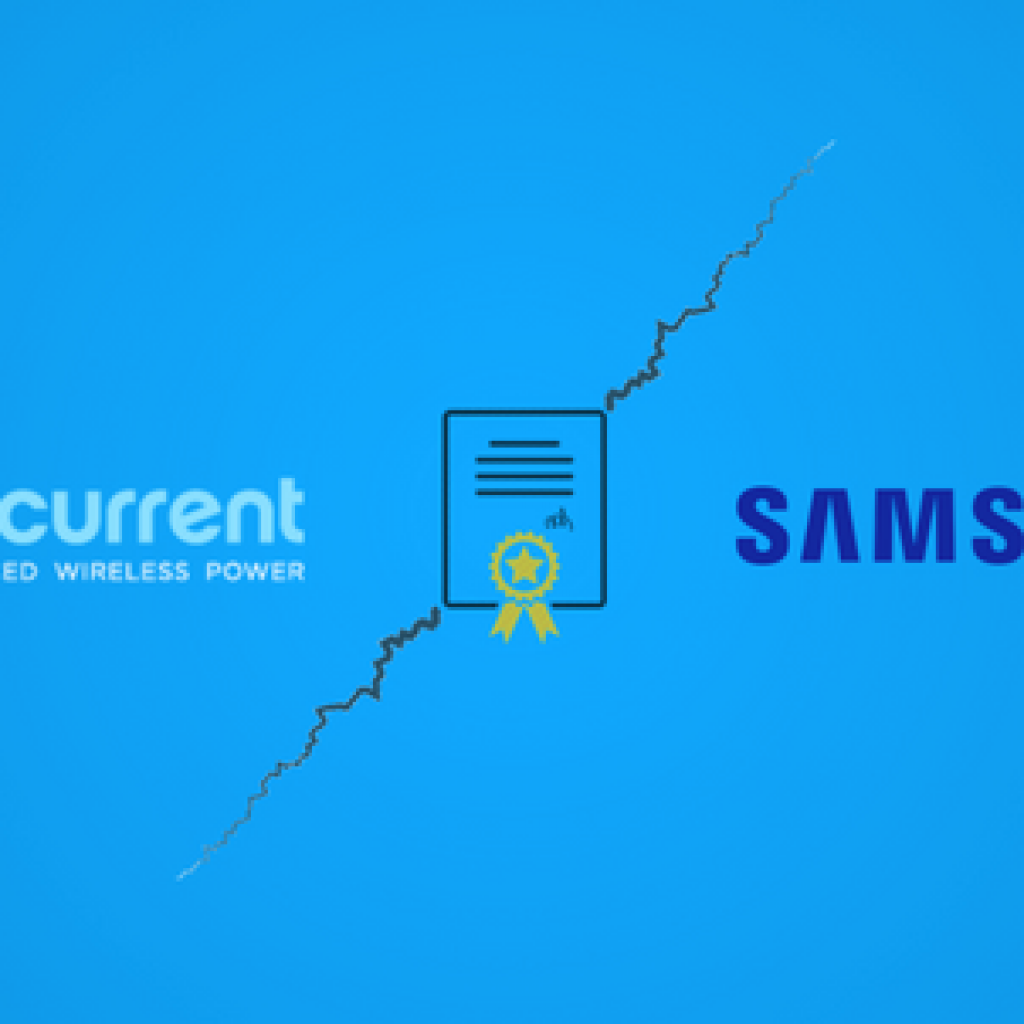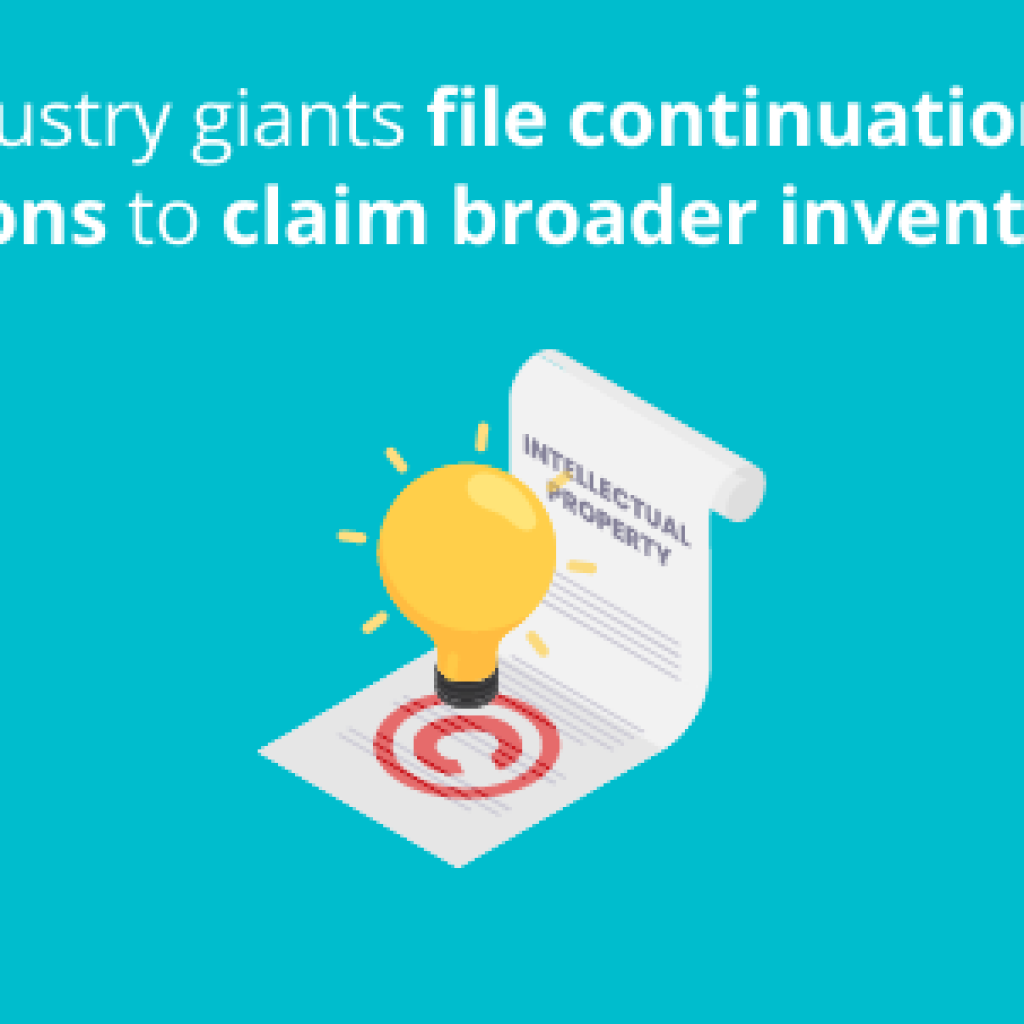The Alice v. CLS Bank has had a tremendous impact on how the patent office treats applications for business method inventions. Indeed, since the Supreme Court’s decision in Alice, the allowance rate for class 705 (Data Processing: Financial, Business Practice, Management, or Cost/Price Determination) dropped from a pre-Alice high of 31.2% in 2013, to 23.5% in 2014, 9.4% in 2015, and 4.7% in 2016.
In a previous article, I explained that one way to try and deal with this was to avoid claims which described something which sounded like a business method, even if doing so meant that the claims had to be somewhat vague. However, that may not be possible in all cases, and so the question becomes what to do when you’ve already been pigeonholed as a business method and need to overcome a rejection based on Alice.
The allowance rate statistics for class 705 reflect how difficult it is for a patent applicant to overcome an Alice rejection, but a close reading of the Federal Circuit’s opinion in Enfish, LLC v. Microsoft Corporation suggests a way forward. In that case, the Federal Circuit reversed a determination that a claim was directed to ineligible subject matter because “the district court oversimplified the self-referential component of the claims and downplayed the invention’s benefits.”
The “self-referential component”, however, wasn’t explicitly recited in the claim in question. Instead, it was incorporated as part of the supporting structure for a “means for configuring” that the claim actually did recite. Given that how a claim’s limitations should be treated when determining what it is “directed to” is often a point of contention when analyzing subject matter eligibility, the fact that means + function limitations are required by statute to be construed as covering the supporting structure described in the specification and its equivalents could provide a useful tool for responding to Alice rejections.
So can use of means + function language in this way actually overcome Alice rejections? Yes, but examiners hate it. In one example from my practice, we were able to overcome an Alice rejection using a pre-appeal brief by pointing out that the rejection relied on improperly interpreting a software implemented means + function limitation as simply “a computer configured to perform processes.”
Unfortunately, rather than this leading to the application being allowed, the result was that prosecution was re-opened with an 89-page long office action that attacked the means + function language at length for (allegedly) being both indefinite and not properly supported.
Handpicked Suggestion: 7 Post-Alice Cases Where Claims of Software Patents Survived 101 Rejections
Ultimately, we were able to overcome those rejections as well, but it required submission of a declaration walking through the corresponding structure in the specification and explaining how it would be understood by one of ordinary skill in the art. I believe the fact that we got the rejections in the first place and had to make such a submission for overcoming them, reflects a significant level of discomfort on the part of the examiner (which I believe is much less the exception than the rule within the PTO) with software implemented means plus function limitations.
Nevertheless, despite the fact that it might require dealing with an unfamiliar mode of analysis, if you’re faced with an Alice rejection, means + function language might just be the one weird trick you need to get a patent.
In theory, simply reciting the abstractness defeating material using conventional language should work. In practice, though, the broadest reasonable interpretation rule can result in conventional claim language being interpreted in unexpected ways.
One of my favorite examples of this is In re Imes, 778 F.3d 1250 (Fed. Cir. 2015), in which applicant had to go all the way to the Federal Circuit to establish that “wireless communication module” shouldn’t be interpreted to cover a removable memory card, and to have the court explain to the examiner (and the Board) that “Sending a series of e-mails with attached still images is not the same as streaming video.
Such a construction is unreasonable as it comports with neither the plain meaning of the term nor the specification.” If conventional claim language works, that’s great, but given Imes and other cases like it, I think there are downsides to conventional claim language which you might be able to avoid with a means + function limitation.

William is also a co-founder at IPToolWorks. IPtoolWorks has come up with a software called Arguminer. Arguminer helps patent prosecutors find the proven arguments by analyzing the office action and going through millions of patent cases. Curious people can read more about office action analysis – “Office Action Responses | Beat the House on Alice in Gaming.










